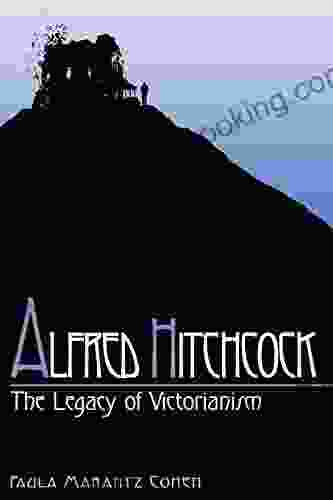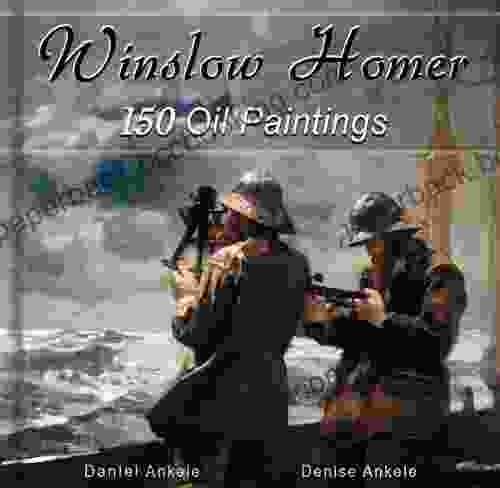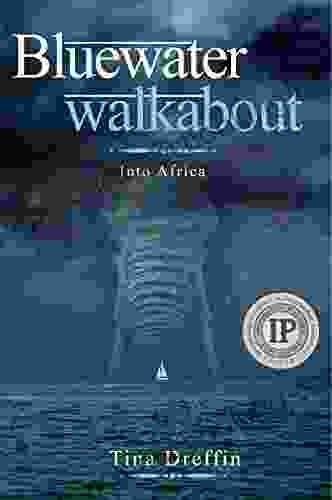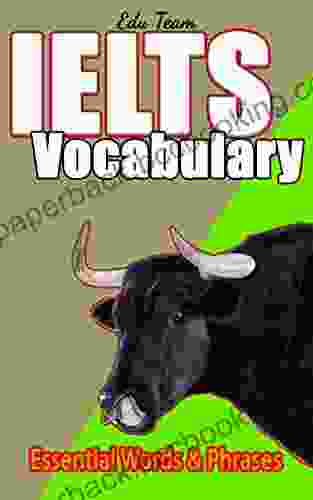Alfred Hitchcock: The Legacy of Victorianism Unraveled

Alfred Hitchcock, the master of suspense, crafted cinematic masterpieces that continue to captivate audiences worldwide. Beyond the chilling thrillers and iconic scares, his films bear the profound imprint of Victorianism, an era that shaped his artistic vision and left an enduring legacy on his cinematic storytelling. This article embarks on an exploration of the Victorian influences that permeated Hitchcock's work, unveiling the hidden depths of his cinematic universe.
Victorian Influences: A Tapestry of Motifs
The Victorian era witnessed a burgeoning of Gothic literature and sensation novels, genres that reveled in the macabre, the uncanny, and the exploration of human darkness. These elements found fertile ground in Hitchcock's psyche, shaping his predilection for suspense, the exploration of guilt and obsession, and the depiction of psychological turmoil.
4.2 out of 5
| Language | : | English |
| File size | : | 5629 KB |
| Text-to-Speech | : | Enabled |
| Screen Reader | : | Supported |
| Enhanced typesetting | : | Enabled |
| Word Wise | : | Enabled |
| Print length | : | 202 pages |
Gothic Shadows and Psychological Depth
Hitchcock's films often evoke a distinctly Gothic atmosphere, characterized by dimly lit interiors, claustrophobic settings, and an air of impending doom. In "Rebecca," the sprawling Manderley mansion becomes a haunting symbol of secrets and past sins, while in "Psycho," the infamous Bates Motel exudes an aura of eerie isolation and psychological disturbance.
The Duality of Human Nature
Victorian literature grappled with the duality of human nature, exploring the tension between reason and passion, innocence and corruption. This preoccupation with the human psyche deeply influenced Hitchcock's characters, who often find themselves torn between their moral compass and their darker impulses.
In "Vertigo," Detective Scottie Ferguson's obsession with Madeleine spirals into a vortex of madness, while in "Rear Window," L.B. Jeffries' voyeuristic tendencies blur the lines between right and wrong.
The Power of Suggestion
Victorian writers understood the power of suggestion, hinting at horrors rather than explicitly depicting them. Hitchcock employed this technique with masterful precision, evoking fear and unease through subtle cues and off-screen events. The infamous shower scene in "Psycho" remains a prime example of this cinematic sleight of hand, its impact amplified by the viewer's own imagination.
Cinematic Techniques: A Victorian Legacy
Beyond its thematic influences, Victorianism also left an imprint on Hitchcock's cinematic techniques. The era's emphasis on atmosphere and mood found expression in his meticulous use of lighting, camera angles, and editing.
Chiaroscuro and Expressionistic Lighting
Hitchcock's films often feature stark contrasts of light and shadow, creating a sense of unease and dramatic tension. In "The Lady Vanishes," the disappearance of Iris Henderson is shrouded in shadows, while in "Strangers on a Train," the fateful meeting between Bruno and Guy is bathed in an ominous glow.
Subjective Camera and Point-of-View Shots
Victorian novelists employed unreliable narrators and subjective perspectives to immerse readers in the characters' inner worlds. Hitchcock translated this technique into cinema through the use of point-of-view shots, allowing viewers to experience events through the eyes of the protagonists. In "Rear Window," the audience becomes voyeurs alongside Jeffries, witnessing the unfolding drama from his confined apartment.
Editing for Suspense and Rhythmic Pacing
Hitchcock's editing techniques bear the hallmarks of Victorian sensation novels, which employed cliffhangers and fragmented narratives to keep readers on the edge of their seats. In "North by Northwest," the rapid-fire editing during the crop-dusting scene creates a palpable sense of urgency, while in "Psycho," the juxtaposition of seemingly unrelated shots builds to a crescendo of terror.
Case Studies: Hitchcock's Victorian Masterpieces
To fully appreciate the legacy of Victorianism in Hitchcock's work, it is essential to delve into specific films that exemplify the profound influence of this era.
Psycho (1960): A Gothic Masterpiece
"Psycho" stands as a testament to Hitchcock's mastery of Victorian Gothicism. The film's dilapidated Bates Motel, its brooding protagonist Norman Bates, and its exploration of voyeurism and psychological disturbance evoke the macabre sensibility of Victorian thrillers.
Vertigo (1958): Obsession and Madness in Victorian Garb
"Vertigo" is a haunting exploration of obsession and the fragility of the mind. The film's dreamlike atmosphere, evocative of Victorian Gothic novels, intensifies the protagonist Scottie Ferguson's descent into madness.
Rebecca (1940): Secrets and Shadows in a Victorian Mansion
"Rebecca" transports viewers to a world of secrets and repressed desires, reminiscent of Victorian sensation novels. The sprawling Manderley mansion becomes a labyrinth of hidden truths and haunting memories, echoing the brooding atmosphere of Gothic literature.
Alfred Hitchcock's cinematic legacy is inextricably intertwined with the Victorian era. The influence of Gothic literature, sensation novels, and Victorian psychological insights permeated his films, shaping his themes, techniques, and storytelling style.
Hitchcock's mastery of suspense, his exploration of human darkness, and his innovative cinematic techniques all bear witness to the profound impact of Victorianism on his artistic vision. Through his films, he transported audiences into a world of shadows, secrets, and psychological turmoil, forever leaving an imprint on the cinematic landscape.
As we continue to revisit Hitchcock's masterpieces, we not only enjoy the thrills and chills but also appreciate the enduring legacy of Victorianism that lies at their core. His films stand as a testament to the enduring power of storytelling, showcasing how the themes and techniques of a bygone era can continue to resonate and captivate audiences for generations to come.
4.2 out of 5
| Language | : | English |
| File size | : | 5629 KB |
| Text-to-Speech | : | Enabled |
| Screen Reader | : | Supported |
| Enhanced typesetting | : | Enabled |
| Word Wise | : | Enabled |
| Print length | : | 202 pages |
Do you want to contribute by writing guest posts on this blog?
Please contact us and send us a resume of previous articles that you have written.
 Book
Book Novel
Novel Page
Page Chapter
Chapter Text
Text Story
Story Genre
Genre Reader
Reader Library
Library Paperback
Paperback E-book
E-book Magazine
Magazine Newspaper
Newspaper Paragraph
Paragraph Sentence
Sentence Bookmark
Bookmark Shelf
Shelf Glossary
Glossary Bibliography
Bibliography Foreword
Foreword Preface
Preface Synopsis
Synopsis Annotation
Annotation Footnote
Footnote Manuscript
Manuscript Scroll
Scroll Codex
Codex Tome
Tome Bestseller
Bestseller Classics
Classics Library card
Library card Narrative
Narrative Biography
Biography Autobiography
Autobiography Memoir
Memoir Reference
Reference Encyclopedia
Encyclopedia Poppy Evans
Poppy Evans Linda Peters
Linda Peters Mark M Meerschaert
Mark M Meerschaert Sasha Su Ling Welland
Sasha Su Ling Welland Tim Jeal
Tim Jeal Maria Isabel Sanchez Vegara
Maria Isabel Sanchez Vegara Mista Nove
Mista Nove Lane Kenworthy
Lane Kenworthy Sara J Weis
Sara J Weis Sarah Jane Cervenak
Sarah Jane Cervenak Robert Kakakaway
Robert Kakakaway Max Tegmark
Max Tegmark Sally Hogshead
Sally Hogshead Nancy Karen Wichar
Nancy Karen Wichar Mary Monroe
Mary Monroe W Ron Adams
W Ron Adams Walter Rodney
Walter Rodney Tom Speechley
Tom Speechley Oxana Dubrovina
Oxana Dubrovina Soon Y Warren
Soon Y Warren
Light bulbAdvertise smarter! Our strategic ad space ensures maximum exposure. Reserve your spot today!
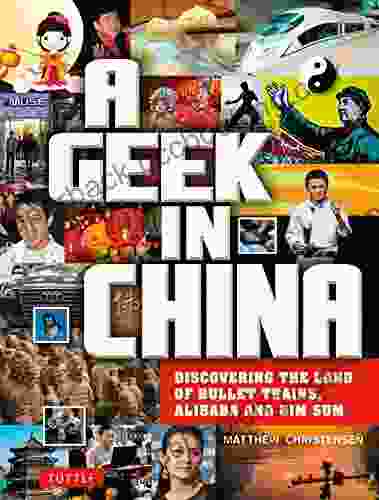
 Osamu DazaiDiscover the Enriching World of Alibaba, Bullet Trains, and Dim Sum in "Geek...
Osamu DazaiDiscover the Enriching World of Alibaba, Bullet Trains, and Dim Sum in "Geek...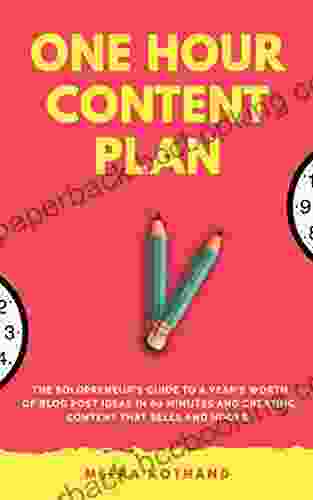
 Banana YoshimotoThe Solopreneur's Guide to a Year's Worth of Blog Post Ideas in 60 Minutes
Banana YoshimotoThe Solopreneur's Guide to a Year's Worth of Blog Post Ideas in 60 Minutes Cody BlairFollow ·8.1k
Cody BlairFollow ·8.1k Sam CarterFollow ·2.4k
Sam CarterFollow ·2.4k Darrell PowellFollow ·5.4k
Darrell PowellFollow ·5.4k Bradley DixonFollow ·10k
Bradley DixonFollow ·10k Brody PowellFollow ·9.7k
Brody PowellFollow ·9.7k Arthur MasonFollow ·3.6k
Arthur MasonFollow ·3.6k Miguel de CervantesFollow ·13.6k
Miguel de CervantesFollow ·13.6k Jedidiah HayesFollow ·16.4k
Jedidiah HayesFollow ·16.4k
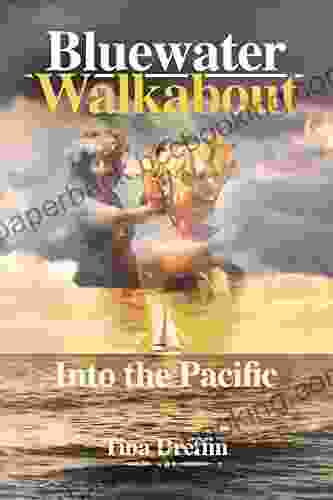
 E.M. Forster
E.M. ForsterBluewater Walkabout: Into the Pacific
An Unforgettable...
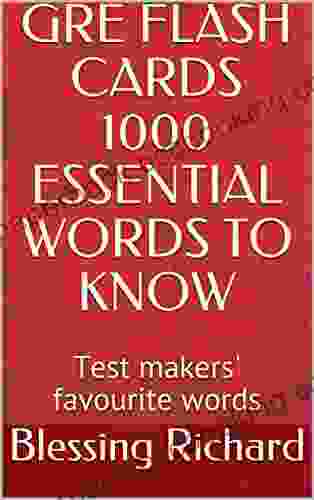
 Joseph Foster
Joseph FosterUnlock the Secrets of Standardized Test Success with Test...
Are you tired of struggling with standardized...

 Joe Simmons
Joe SimmonsUnlock Learning with Flash Cards for Kindergarten:...
Ignite a Passion for...

 Raymond Parker
Raymond ParkerJourney into the Enchanting World of "The Heart Kingdom"...
A Timeless Tale of Love,...
4.2 out of 5
| Language | : | English |
| File size | : | 5629 KB |
| Text-to-Speech | : | Enabled |
| Screen Reader | : | Supported |
| Enhanced typesetting | : | Enabled |
| Word Wise | : | Enabled |
| Print length | : | 202 pages |


